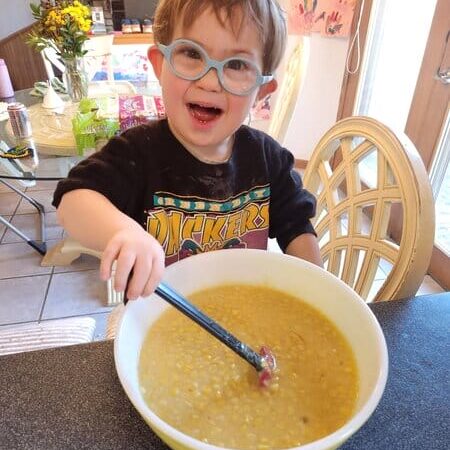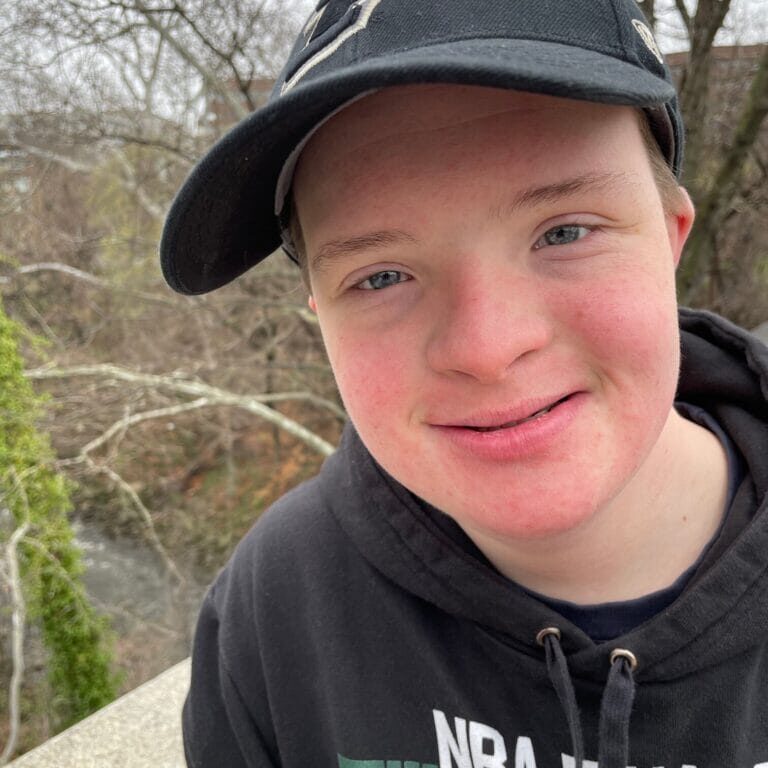A Deeper Understanding of Down Syndrome
Down syndrome is a genetic condition that is often misunderstood. This article aims to provide a comprehensive understanding of Down syndrome, elucidating what it is, its types, and the unique characteristics of people living with this condition. It is essential to understand that every person with Down syndrome is unique, with their own strengths, likes, dislikes, talents, and personalities. We also aim to answer some frequently asked questions about interacting with people who have Down syndrome.
What is Down Syndrome?
Down syndrome is a naturally occurring chromosomal arrangement that has an extra 21st chromosome. This additional chromosome can cause some intellectual disability and developmental delays, which may include delays in speech and motor skills. However, it’s important to note that the degree of these disabilities varies widely among individuals with Down syndrome.
The Different Types of Down Syndrome
There are three types of Down syndrome, namely:
- Trisomy 21
- Translocation
- Mosaicism
Each type is a result of different genetic occurrences, but all result in an extra 21st chromosome.
Physical Characteristics of People with Down Syndrome
People living with Down syndrome often share similar physical features. These may include eyes shaped like almonds and a shorter stature compared to their peers. However, these characteristics can vary widely, as each person with Down syndrome is unique and they will also resemble their parents just like other kids.
Interacting with People with Down Syndrome
Understanding how to interact with people with Down syndrome is crucial. Here are some frequently asked questions about engaging with people with Down syndrome.
1. What should I say to someone who has Down syndrome?
When interacting with someone with Down syndrome, the most important thing to remember is always to treat them with respect and kindness. It’s okay to ask questions and engage in conversations, but always be sure to use respectful and considerate language.
2. What is person-first language?
Person-first language is a type of linguistic prescription that puts the person before the disability. The goal of person-first language is to promote respect and understanding. When referring to a person with Down syndrome, emphasize their individuality before mentioning their condition. For example, you could say, “This is my friend David! He has two sisters, loves to dance, and also has Down syndrome.”
3. Should I feel bad for someone with Down syndrome?
Feeling pity or sorrow for someone with Down syndrome is unnecessary. People with Down syndrome, like everyone else, enjoy a variety of activities and have their own interests. They are not “suffering from” Down syndrome but rather living their lives with an extra chromosome. Remember, a person’s disability doesn’t define them, their character and individuality do.
In conclusion, Down syndrome is a genetic condition that affects individuals in different ways. Understanding more about it helps foster a more inclusive and respectful society. Remember, each person with Down syndrome is unique, just like anyone else, and should be treated with kindness, respect, and understanding.
Recent Posts



